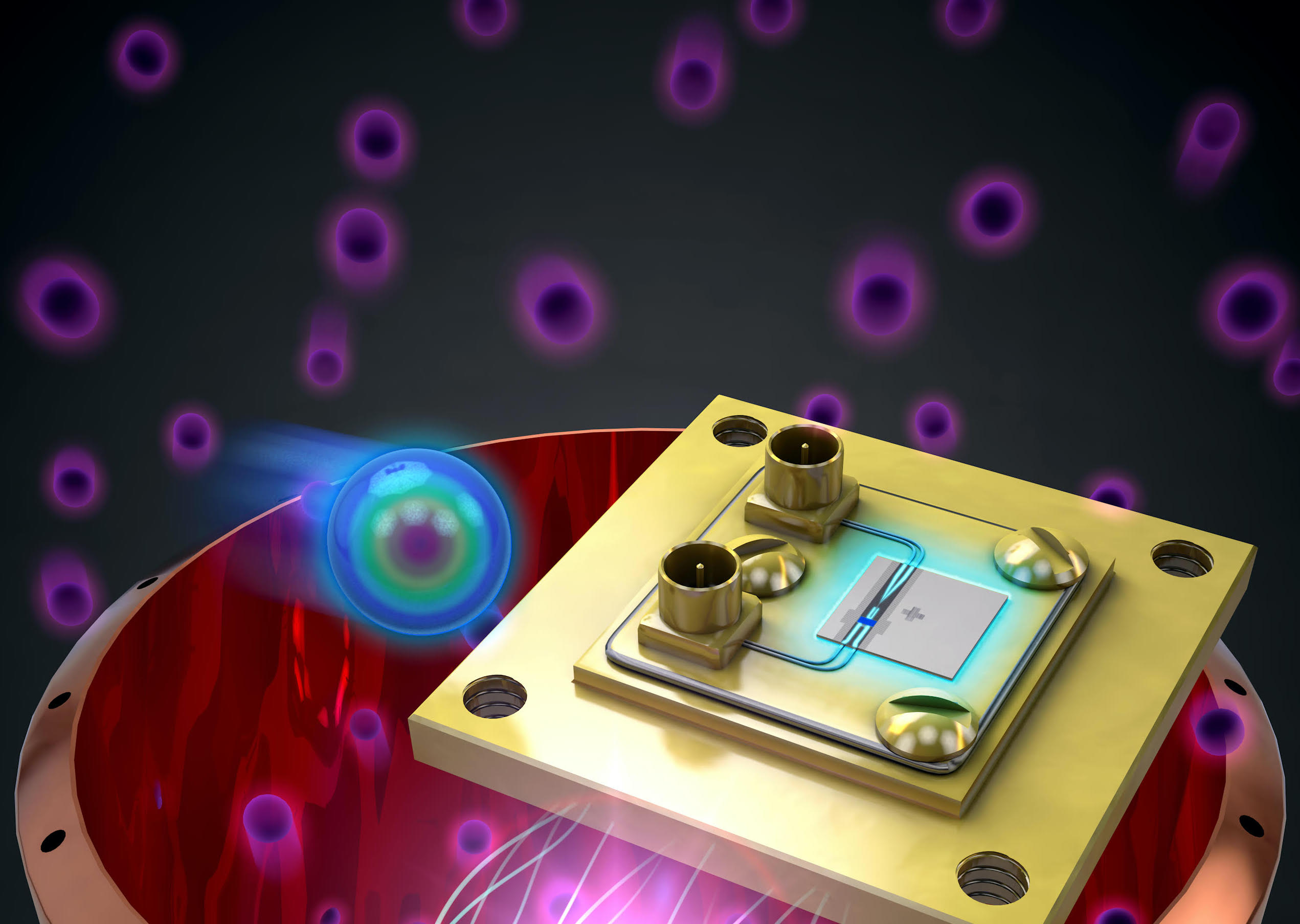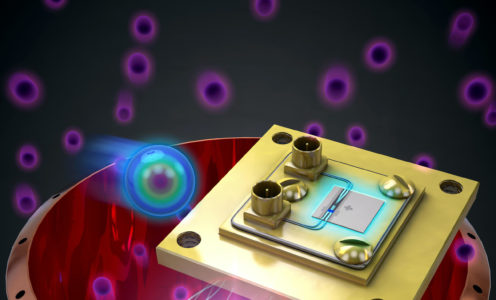ALPHA – the Axion Longitudinal Plasma Haloscope
The original axion haloscope proposed by Sikivie is based on the resonant conversion of axions to photons in a microwave cavity permeated by a strong magnetic field [1]. Due to the inverse relationship of the size of a microwave cavity and its frequency, however, the experiment is most naturally suited for axions in the ~0.5-5 GHz decade of frequency (~2-20 microelectronvolt). Lower mass (frequency) cavities require microwave cavities of a size too large to be accommodated in superconducting solenoidal magnets, and thus to reach much lower mass axions associated with the GUT scale, a lumped-element variant of this scheme is being pursued (see DM Radio experiment in our web page). On the other hand, for much higher mass axions, predicted by simulations of post-inflation axions [2], the microwave cavities become too small to produce detectable power. Lawson et al. have recently proposed a solution to this conundrum [3], i.e. a resonator based on a wire-array metamaterial whose plasma frequency is determined by its unit cell rather than the physical dimensions of the resonator. Thus a metamaterial-based haloscope could in principle be designed to be arbitrarily large and arbitrarily high in frequency. A collaboration has formed to pursue R&D and early design of an experiment named ALPHA to probe axion masses above 10 GHz (>40 microelectronvolt). Berkeley’s role in the collaboration has been fundamental studies of wire-array metamaterials, and engineering concepts and prototyping of tunable resonators based on this concept [4].
1. P. Sikivie, Physical Review Letters 51 (1983) 1415; Physical Review D 32 (1985) 2988.
2. M. Buschmann et al., Nature Communications 13 (2022) 1049.
3. M. Lawson et al., Physical Review Letters 123 (2019) 141802.
4. M. Wooten et al. Annalen der Physik (2022) 2200479.


